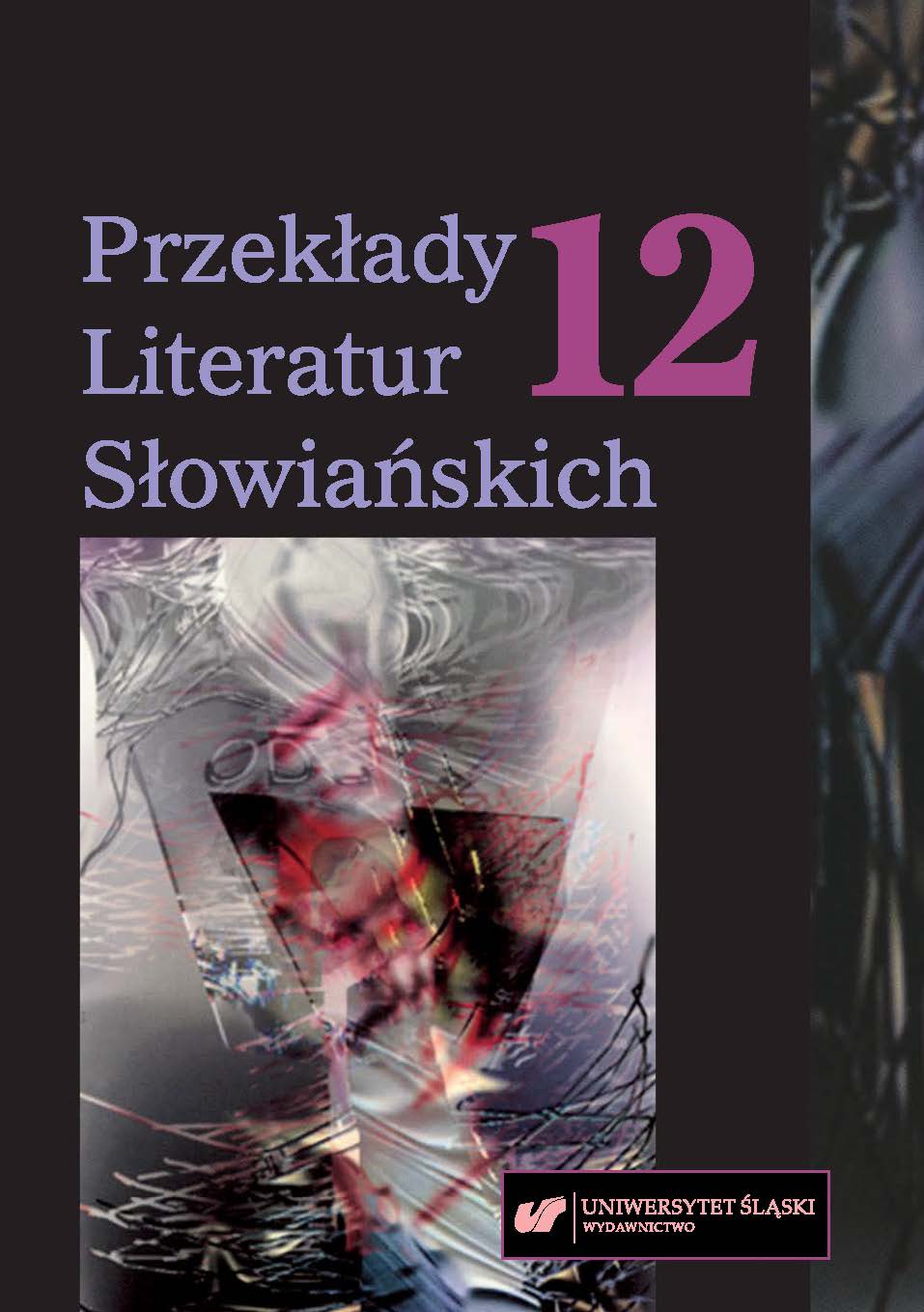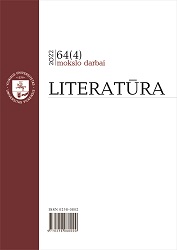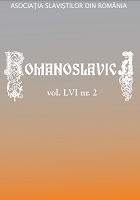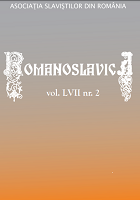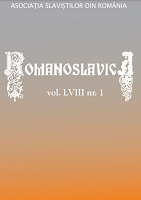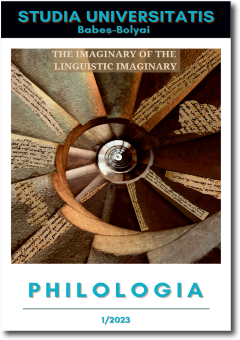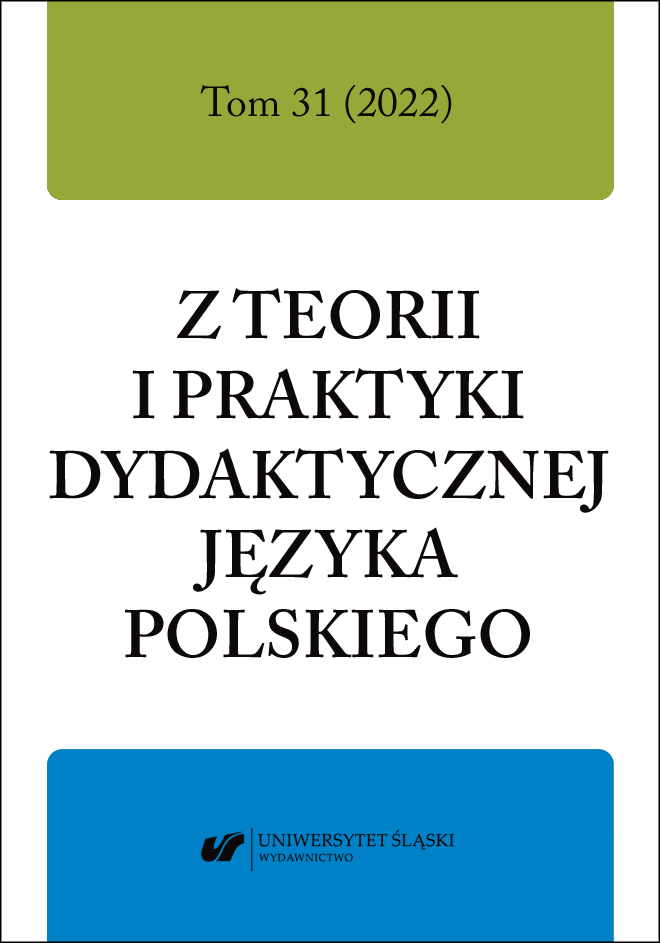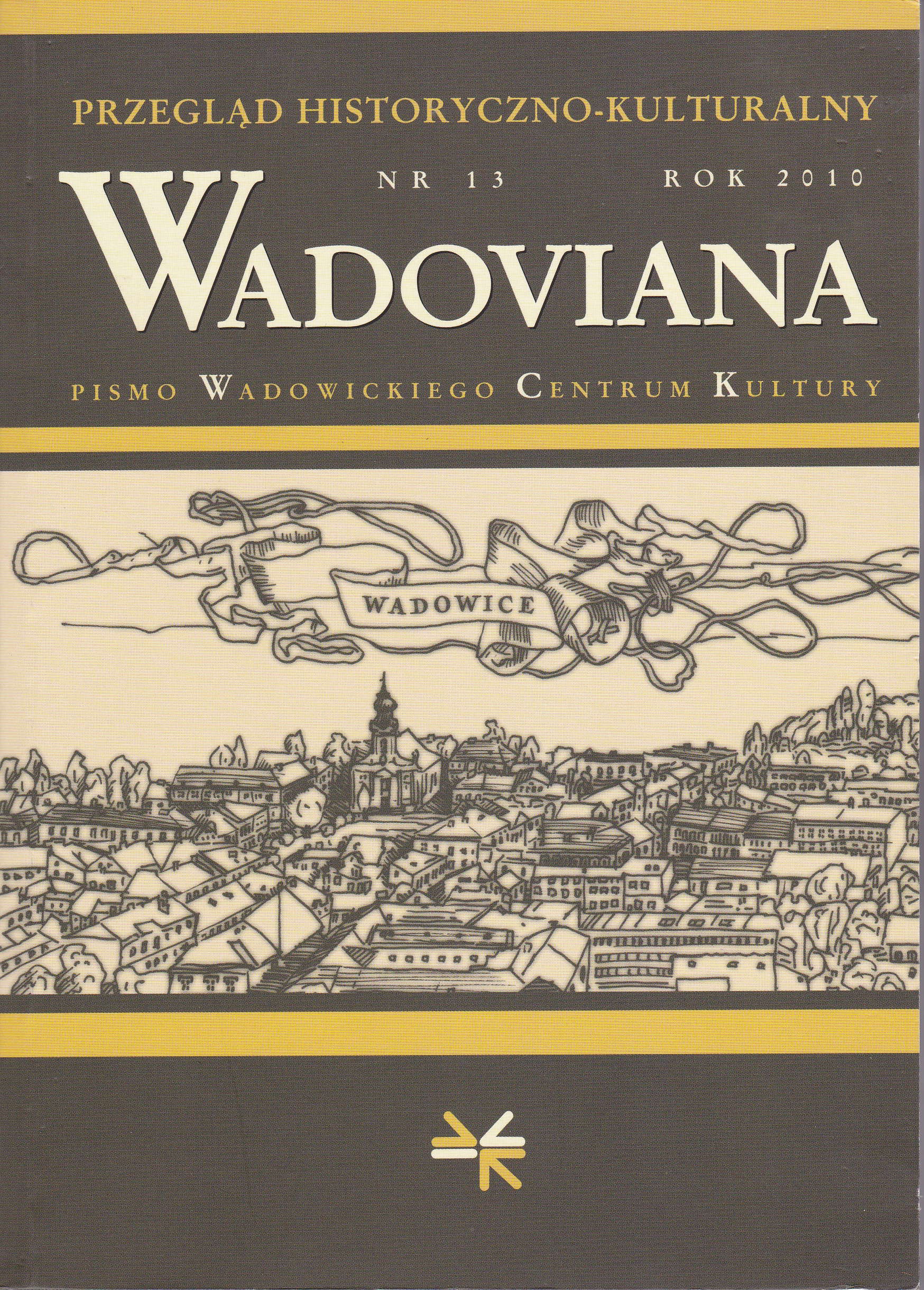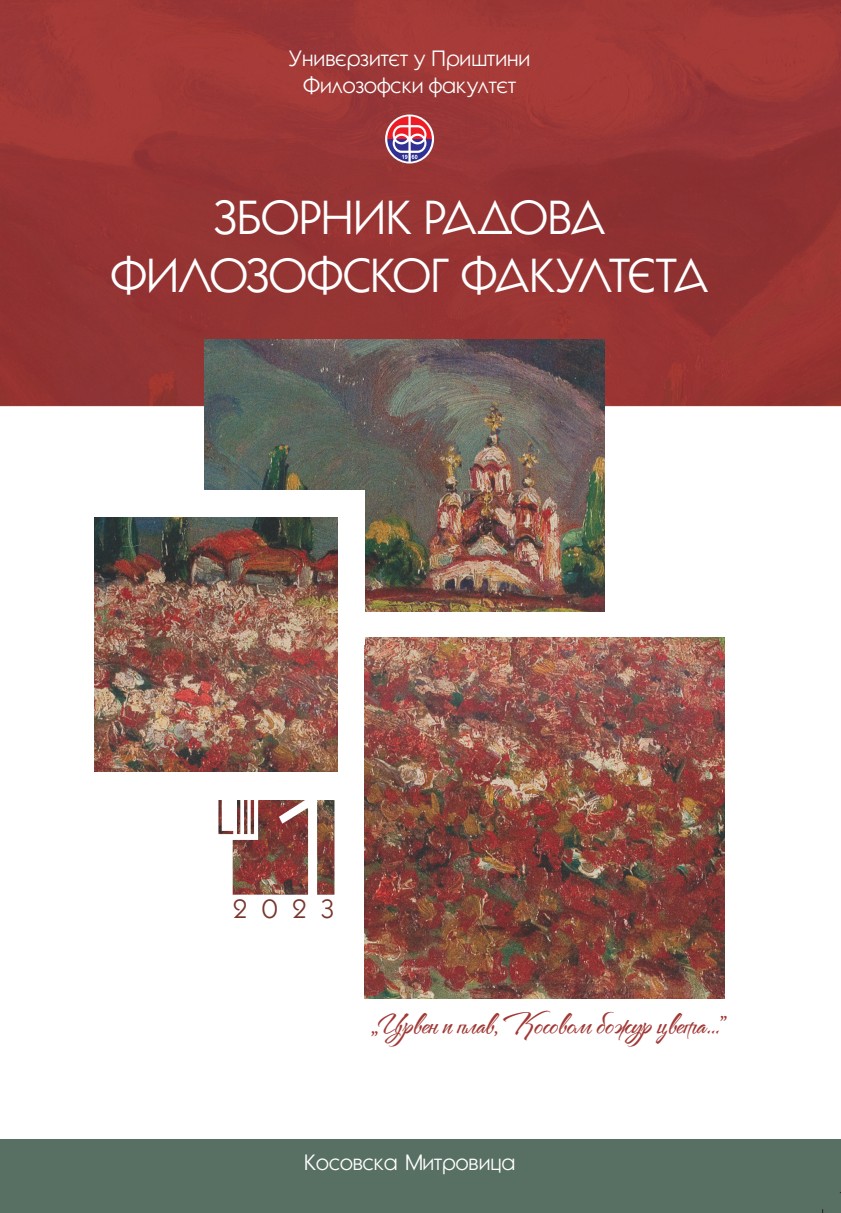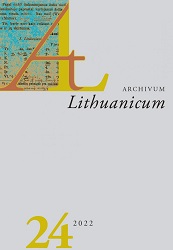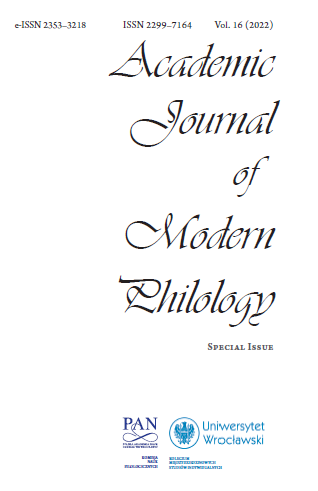Author(s): Giedrius Subačius / Language(s): Lithuanian
Issue: 24/2022
Simonas Daukantas prepared two manuscripts of his Lithuanian translation of the Fables of Phaedrus: one in the first half of 1836 (PaP), and another ten years later in about the first half of 1846 (PaPhr). Daukantas exploited two different orthographic tactics in tapping the first manuscript (PaP) as the source for the second one (PaPhr): (1) either to substitute older orthographic peculiarities for his own more recently introduced spelling equivalents (more frequent approach), or (2) just to keep them (more seldom). (1) Habitually, Daukantas modified the features of the earlier PaP manuscript: (a) <i, î> [ẹ] → <ĩ> (Ƶînau ‘I know’ → Źĩnau); (b) [i·, i] in stems <i> → <y> (būti ‘to be’ present 3‑person form [ira ‘it is’ → yra], suffixes yba, ‑ybė [prekibà ‘to the trade’ → prekybaj, narsibieje ‘in valor’ → narsybie], inf. suffix <i> → <y> [mokite ‘to teach’ → môkytĩ]); (c) in stems and endings <ai, ei> (<a>, <iey>) → <aj, ej> (Ƶamaite ‘Lowlanders’ → Ƶámajtej; weislę ‘a breed’ → wejslę); (d) [ẹi] in open endings <ij> → <ĩj> (kurij ‘which ones’ → kùrĩj); (e) [ẹi] in roots <ei> → <ie> (deina ‘a day’→ dieną) and <ei> → <ĩj> (lijpę ‘[he] ordered’ → lĩjpę); (f) instr. pl. m. endings <‑ays, ‑eys>, <‑às, ‑ès> → <‑ajs, ‑ejs> (łondeys ragays ‘[with] the pointed horns’ → łąndejs ragajs; aukuràs ‘[with] the altars’ → aukùrajs); (g) <on, om, an> (<un>) [ọn, an, ọm, am] → <ąn, ąm> (spindontiomys ‘[with] the glittering [something]’→ spindąntiomis; gełombiemys ‘[with] the baize’ → gełąmbiemis); (h) inf. ending <‑te> → <‑tĩ> (důte ‘to give’ → důtĩ); (i) būti ‘to be’ past 3‑person form bů ‘was’ → buwo; (j) dat. sg. m. and adv. Lowlanders’ endings <‑ů> [ọu] → Highlanders’ endings <‑uj> [‑ui] (skaititoiů ‘to a reader’ → skajtitojuj, pasků ‘later; afterwards’ → paskuj). (2) More occasionally he was influenced by the equivalent in the prototype PaP and kept it: (a) [i·, i] in stems <i> = <i> (in forms deriving from inf. suffix [pawiks ‘(I) will succeed’ = pawiks]), in the root gyv (negiwije ‘dead ones’ ≈ negiwĩje), in other roots (ligino ‘[he] leveled’ = ligino; tiłù ‘silently’ = tiłù); (b) grapheme <ù> [ọ] (miniesinù ‘[with] the mentioning’ = miniesinù). Daukantas abundantly exploited one feature in both old and new orthographic versions: graphemes <ů> / <ou> (ůdegą ‘a tail’ = ůdegą; pardůs ‘will sell’ → pardous). He essentially returned to his older grapheme <ů> (168×), although equally important remained the digraph <ou> (205×). In the initial (pp. 3–9) and final (pp. 52–63) segments of the PaPhr manuscript, Daukantas chose only the digraph <ou>, but within the inner (pp. 3–11, 26–51) segments his tactic was different: he blended <ů> with <ou>. Another tendency: frequent pronominal acc. sg. forms ką, tą and instr. sg. kuo, tuo (including variations) were mostly rendered as kou, tou, most probably due to the old knack of his hand. In certain cases, Daukantas modified not only orthography, but dialect forms as well, i.e. he chose different diatopic variants. Instead of the former Lowland forms, he switched to these Highland equivalents: (a) digraph <ie> [ie] in the roots dien ‘day’, Diev ‘God’, vien ‘one’, viet ‘place’; (b) dat. sg. m. and adv. endings <‑uj> [ui]; (c) past 3-person form buwo ‘was, were’. The printer of the book (PaPhs) was Eduard Pratz in St Petersburg. His typesetters worked better than the typesetters at the printing press of Christian Hintze that Daukantas used for his earlier publications. In Hintze’s editions there were many mistakes in both letters and their diacritical marks. In PaPhs, however, there were fewer cases of grapheme confusion. It is highly probable that at least one of the PaPhs typesetters knew Lithuanian (especially the setter of the fourth and fifth signatures on pp. 37–48, 49–60), and that at least one was ignorant of it (the setter of the third signature, especially pp. 29–36). It is thinkable that Daukantas could have familiarised himself with the typeset text before some of the proofs were corrected (the word Leaukys ‘wolf’, typical only of Daukantas, was introduced in print even though the manuscript lacks it). The majority of the corrections, however, were probably established by the typesetters, especially by the one who knew Lithuanian and introduced some forms atypical of Daukantas himself (such as tautosyllabic digraph <ĩn> [ẹn]—teatsitink ‘let it happen’ → teatsĩtĩnk). The financial supporter of the publication, Ksaveras Kanapackis, might have been a speaker of the Eastern Highland dialect; thus, he was not in a position to insert such Lowland dialect features as iness. sg. f. (pastogie ‘in the shelter’) and diacritical letters <ĩ> [ẹ] and <ù> [ọ].
More...
